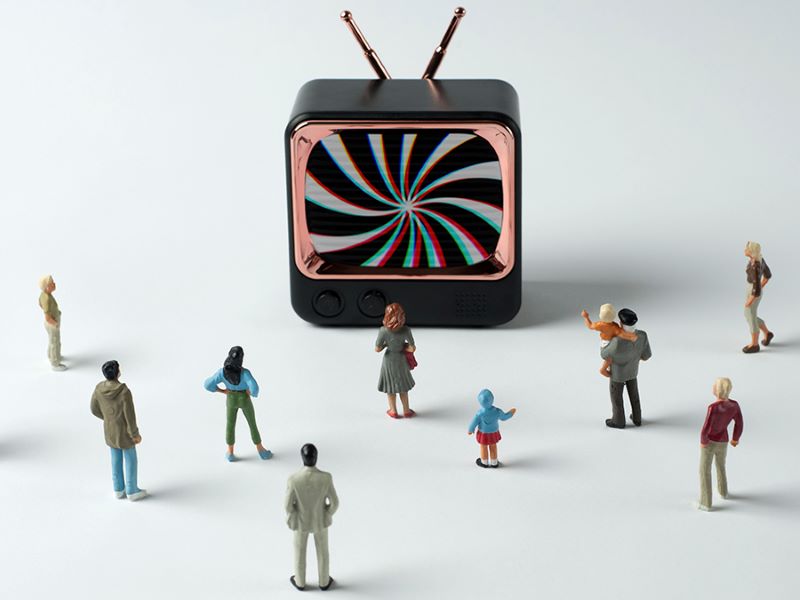
The future of measuring your audience and the impact of shifting ratings into impressions.
A change that began in 2019 is continuing to impact advertisers today.
It was in that year that the television industry began transitioning from transacting based on “ratings” to transacting based on “impressions.”
Ratings (TRPs or Target Ratings Points) are an expression of what percentage of the estimated total universe of any given target audience is reached. Impressions are based on the actual number of individuals who are exposed to an ad. Impressions are generally priced as a cost-per-thousand or CPM.
Why Change How Audiences are Measured?
Like many recent changes in the advertising space, this one was driven by digital platforms. Measurement based on impressions makes comparisons between broadcast and digital offerings, like streaming video, more apples to apples. A significant increase in streaming use in 2020 and continuing changes to television viewership habits have accelerated the adoption of impressions. Impressions overall, are replacing ratings as the standard unit of audience measurement.
Industry-leader Nielsen, has moved measurement data of impressions forward with the incorporation of Broadband Only (BBO) homes. BBO homes, as defined by Nielsen, are homes with at least one operable TV/monitor that receives video exclusively through a broadband internet connection. BBO viewing is considered the alternative to traditional means, such as over-the-air, wired cable, or satellite.
How Does this Impact The Future of Measurement for Advertisers?
The change to incorporate BBO homes into Nielsen’s measurement has already been implemented in the smaller markets. The larger markets have yet to transition to include BBO homes. As a result, once BBO homes are included in all measurement, the overall universe of viewers will suddenly appear larger. Even though viewership hasn’t changed, only the measurement will be impacted.
With the inclusion of BBO homes in the television universe, ratings points will likely decrease. Since ratings will be expressing the smaller percentage of a larger whole, actual viewers measured might increase. For example: 1.0 rating for adults 25-54 might equal 25,000 impressions excluding BBO households, but 33,000 impressions with BBO households.
Simply basing measurement on total impressions gives a clearer picture of audience size and the value an advertiser is receiving. This eliminates the step of calculating percentages across different total universes.
As industry changes continue and new measurement methods roll out, RCG will always monitor trends and make recommendations based on the best data available. Contact our team to make sure your advertising is delivering the most impact and best value for your investment.




